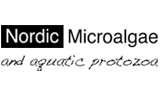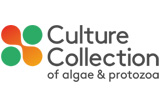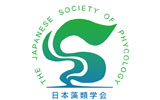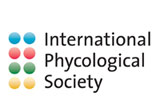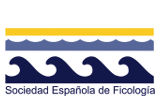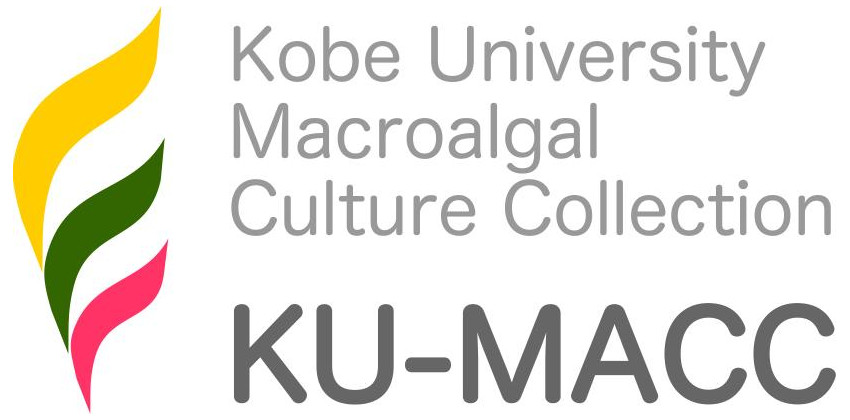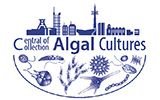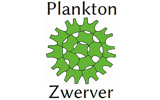Grateloupia turuturu Y.Yamada 1941
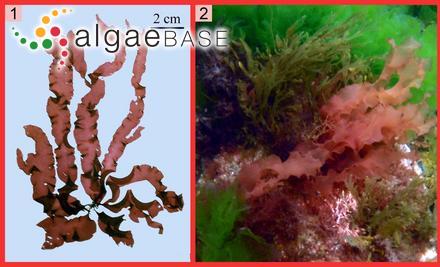
Current name:
Grateloupia turuturu Y.Yamada
1. Habit. 2. Upper subtidal (2 m deep) (Peter the Great Bay, Russia). - 29 February 2012. Eduard and Tamara Titlyanova (etitlyanov@mail.ru)
Publication Details
Grateloupia turuturu Y.Yamada 1941: 205, pl. 46
Published in: Yamada, Y. (1941). Notes on some Japanese algae IX. Scientific Papers of the Institute of Algological Research, Faculty of Science, Hokkaido Imperial University 2: 195-215, 15 figs, pls 40-48.
Publication date: February 1941
Type Species
The type species (lectotype) of the genus Grateloupia is Grateloupia filicina (J.V.Lamouroux) C.Agardh.
Status of Name
This name is of an entity that is currently accepted taxonomically.
Type Information
Syntype localities: Muroran, Otaru and Hakodate, Hokkaido; Enoshima and Hayama, Sagami Prov.; Amatura, Bosyu Prov., Japan; (Yamada 1941: 205) Type: SAP; 022063 (Yoshida 1998: 721) Notes: "Halymenia turuturu Okamura in herb." According to Verlaque et al. (2005: 487) the type locality is Muroran, Hokkaido, Pacific.
General Environment
This is a marine species.
Created: 22 March 1998 by M.D. Guiry.
Last updated: 01 February 2024
Verification of Data
Users are responsible for verifying the accuracy of information before use, as noted on the website Content page.
Linking to this page: https://www.algaebase.org/search/species/detail/?species_id=4363
Citing AlgaeBase
Cite this record as:
M.D. Guiry in Guiry, M.D. & Guiry, G.M. 01 February 2024. AlgaeBase. World-wide electronic publication, National University of Ireland, Galway. https://www.algaebase.org; searched on 27 July 2024
 Request PDF
Request PDF
